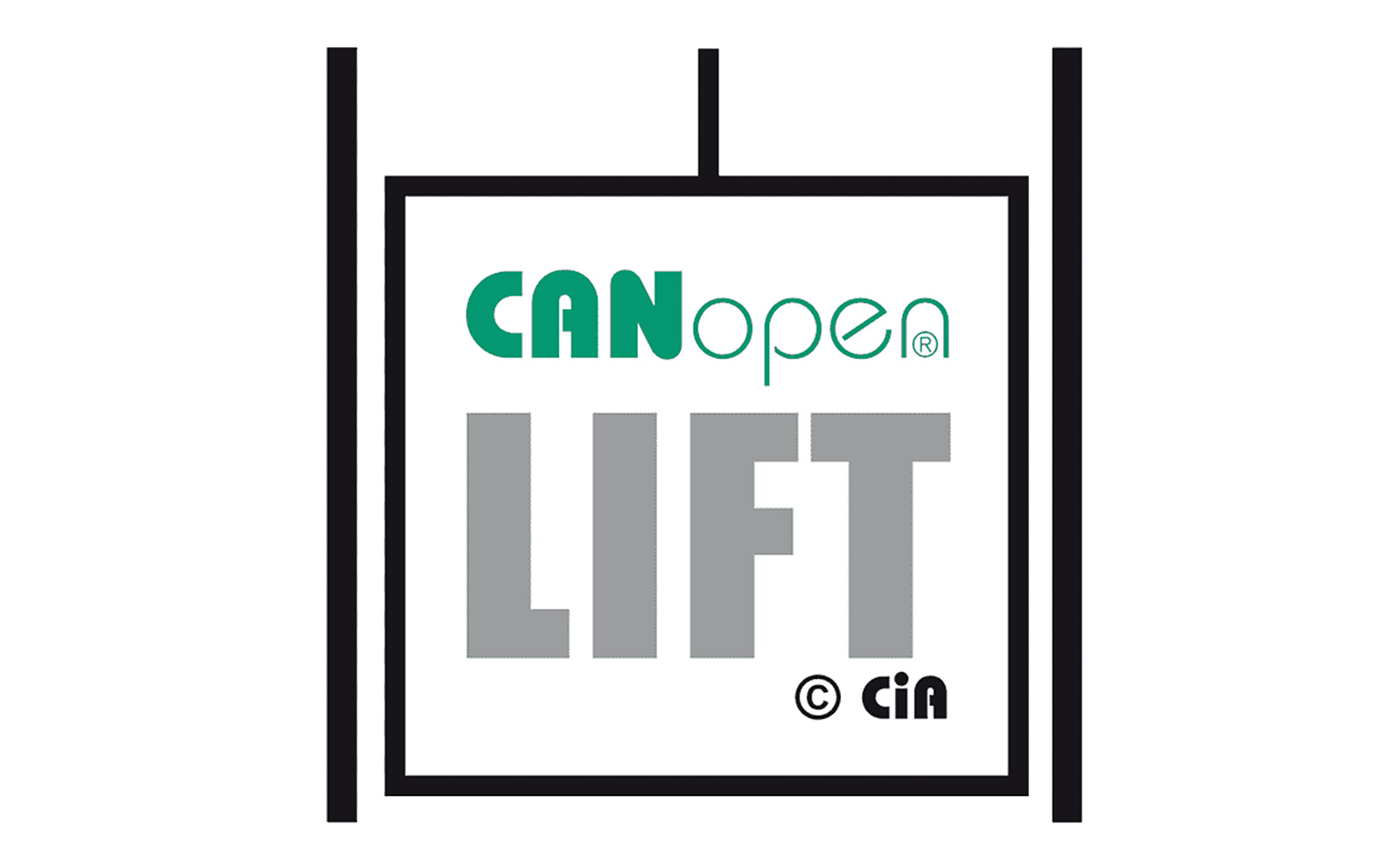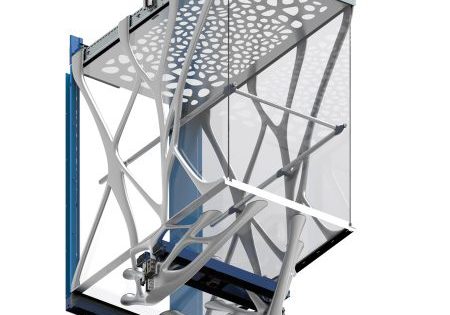CiA association says evolving communication platform holds promise for the elevator industry.
The nonprofit CAN in Automation (CiA) association hosted a booth and Bosch, NXP and Vector presented running CAN XL (extra long) open-standard communication networks at the Embedded World tradeshow at NürnbergMesse in Nuremberg, Germany, on March 14-16. Control Area Network (CAN) technology is widely used in automotive and industrial automation applications and is the basis for communicating with CANopen and DeviceNet protocols.[1] CiA Managing Director Holger Zeltwanger tells ELEVATOR WORLD CANopen Lift, the CAN communication platform for elevator control systems (EW, July 2018), is currently based on Classical CAN, the first generation of the CAN protocol. CAN XL is based on the third generation of the protocol and is still in the prototype phase, which means only engineering samples for protocol controllers and transceivers are available. “CAN XL is more than just a data link and physical layer improvement,” Zeltwanger said. “It is a complete ecosystem.” CAN XL provides embedded management functions that allow different higher-layer protocols to run simultaneously, thereby supporting virtual networking. Optional functions include CANsec (cybersecurity at line speed).
Mass production of CAN XL is expected by 2026. According to CiA, CAN XL, like any CAN technology, is applicable to the elevator industry, but will first be used by the automotive industry, which was the case with Classical CAN and the second generation, CAN FD (flexible database). Zeltwanger said:
“As you may know, the elevator industry is very conservative — not adopting new technologies as quickly as other consumer markets. Nevertheless, the elevator industry also looks to the future. CAN XL is an approach that fits future needs of lift makers. It provides frame length of 2024 byte (versus Classical CAN with 8 byte) and transmission speeds up to 8 Mbit/s for longer distances (versus Classical CAN with 250 kbit/s). Although this still needs to be evaluated, it would allow for more data for cloud services, diagnostic services, voice-over CAN applications, etc. Within the CANopen Lift Specification Working Group (WG), we will evaluate CAN XL at one of the next meetings. But we are not in a hurry, since the technology is just arriving.”
At the Nordic Lift Expo 2023 in January, Zeltwanger said he heard about U.S. elevator companies wanting to learn more about CANopen lift specifications. Organizing a seminar to educate the North American elevator industry about this open-standard communication specification, which “enables users to easily integrate devices from different manufacturers,” is a possibility. In Detroit in April, CiA organized two events aimed at American automakers: the CAN XL Plugfest and CAN XL TechDay. “This is also important for the elevator industry, since the adaptation in road vehicles increases the volume, in turn driving hardware prices down.”
Oskar Kaplun, an engineer at CiA, observed the elevator industry can benefit from CAN XL, but it is not yet clear how it would fit with existing solutions or if it will become a “must-have.” Currently, Kaplun said, the CiA Lift WG focuses strictly on CANopen based on Classical CAN, which it has done for the past 20 years. The WG sees no obvious benefit of switching to even CAN FD, he said, continuing:
“Efforts of the WG resulted in a standardized CANopen interface for lifts that’s been available on the market with constantly evolving features for 20 years. The WG will surely evaluate CAN XL [for lifts] once it becomes available on the market. On the other hand, companies that develop proprietary CAN-based protocols and do not bother with a standardized solution for lifts can start to integrate CAN XL anytime, once the microcontrollers with CAN XL controllers become available for industrial automation. That is expected in about four to five years. I imagine that CAN XL can be used in CANopen or a proprietary CAN-based lift protocol for predictive maintenance, big data collection from the embedded lift CAN network, firmware updates and, of course, to facilitate less time-consuming process communications and communication traffic control.”
Reference
Get more of Elevator World. Sign up for our free e-newsletter.










